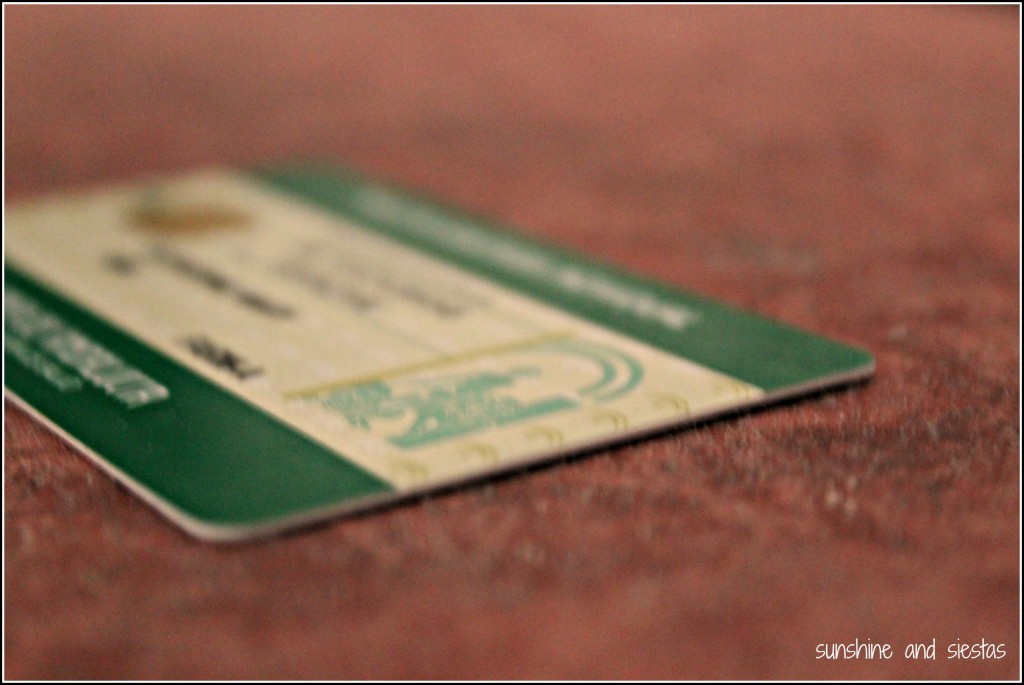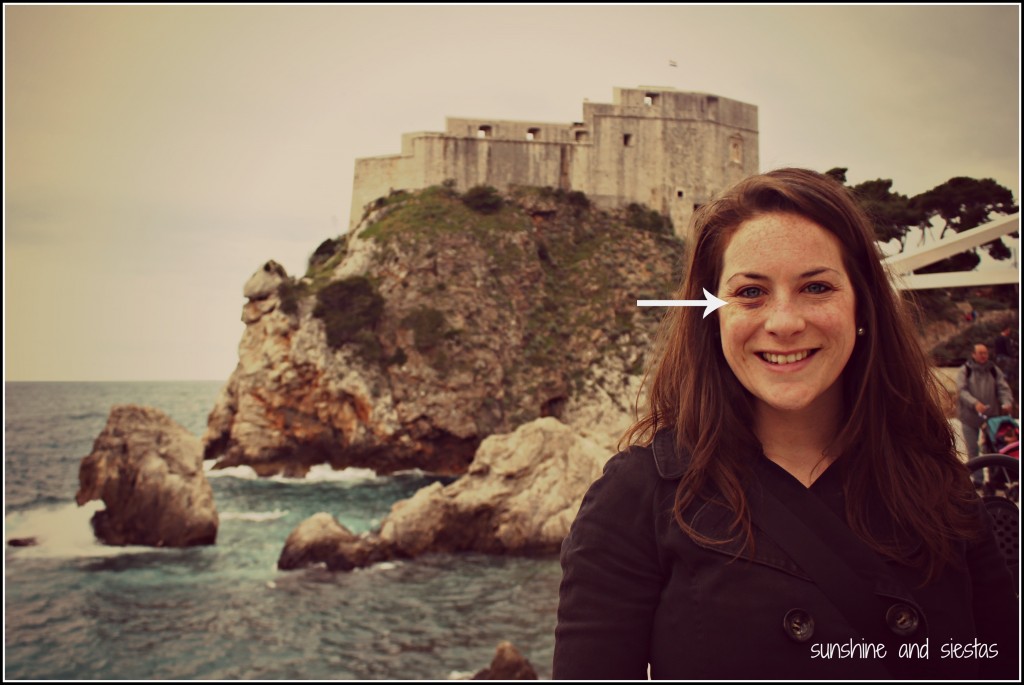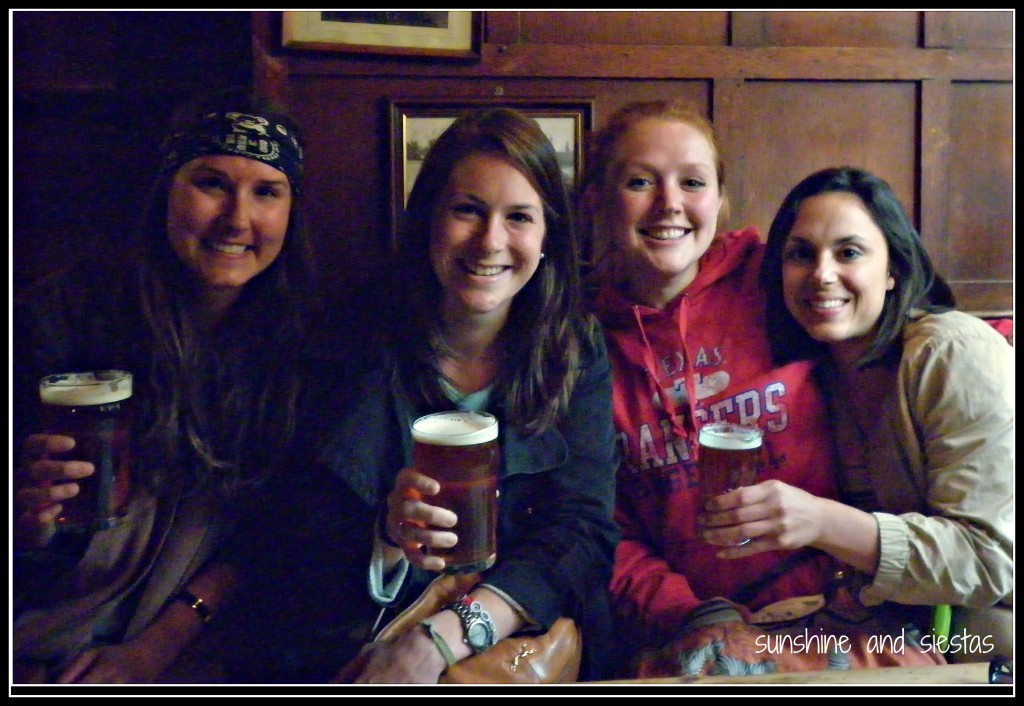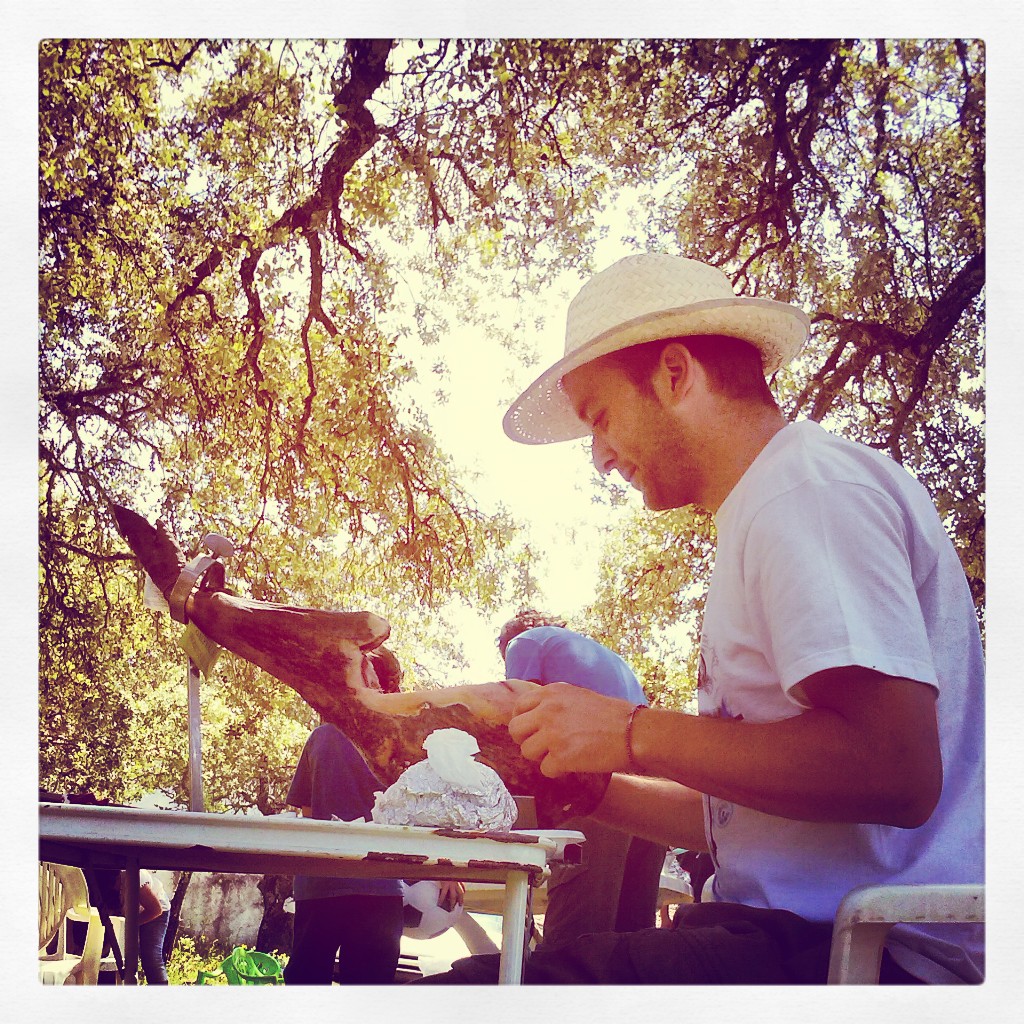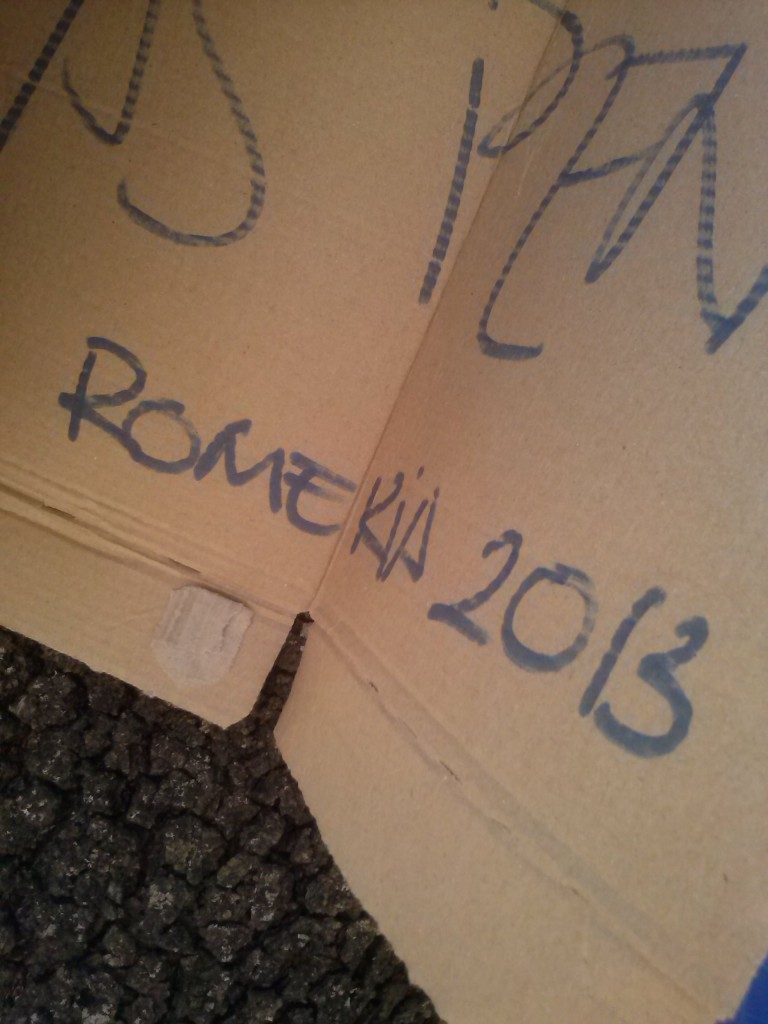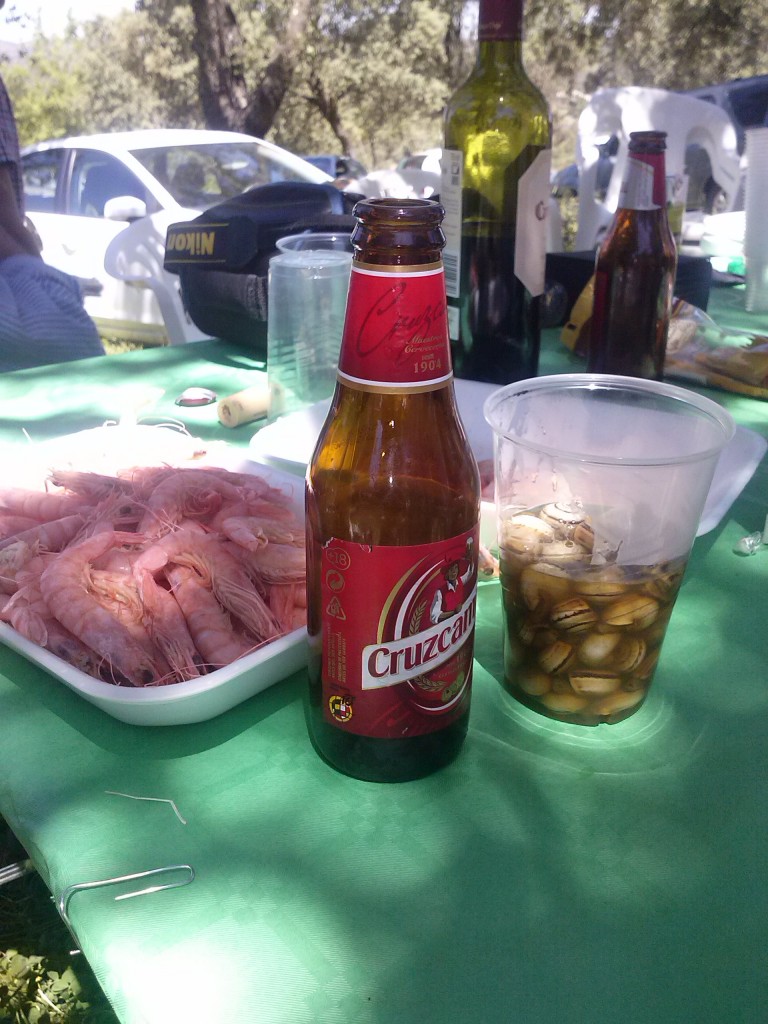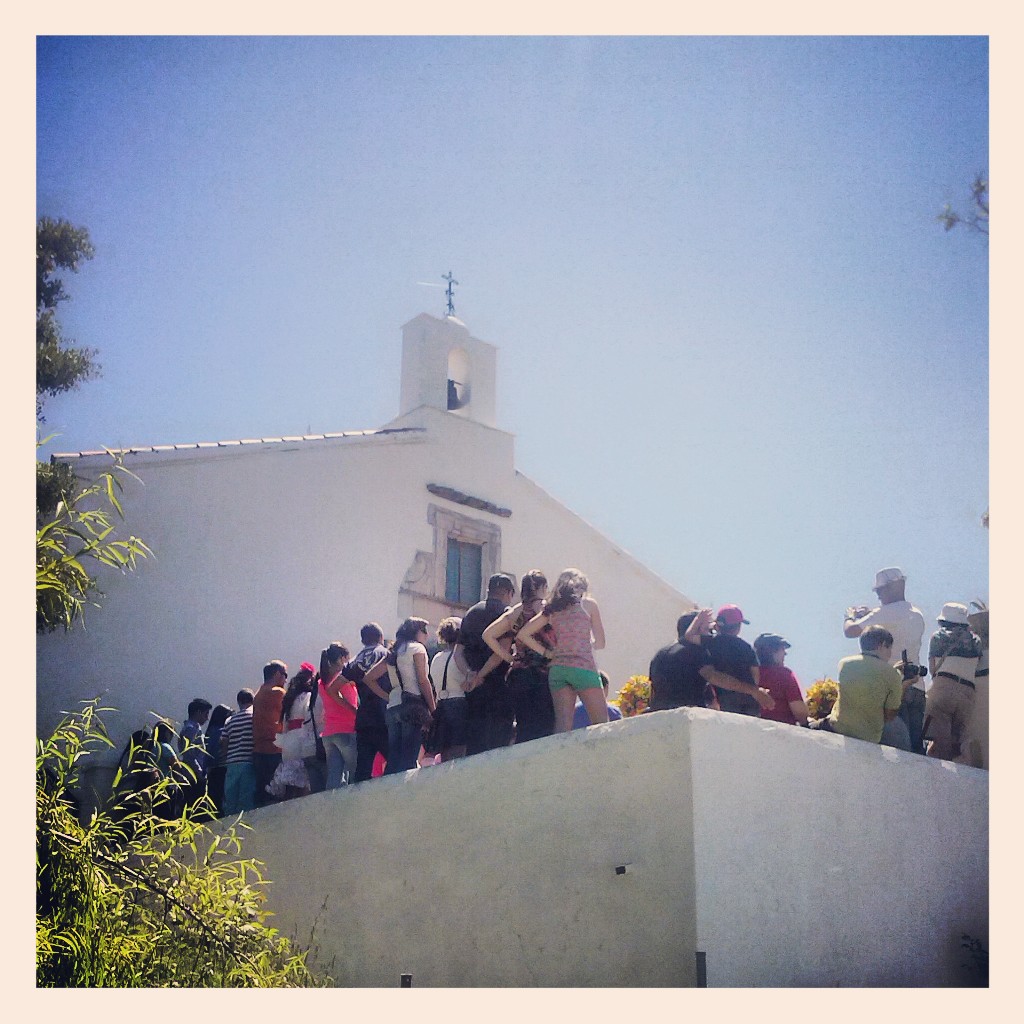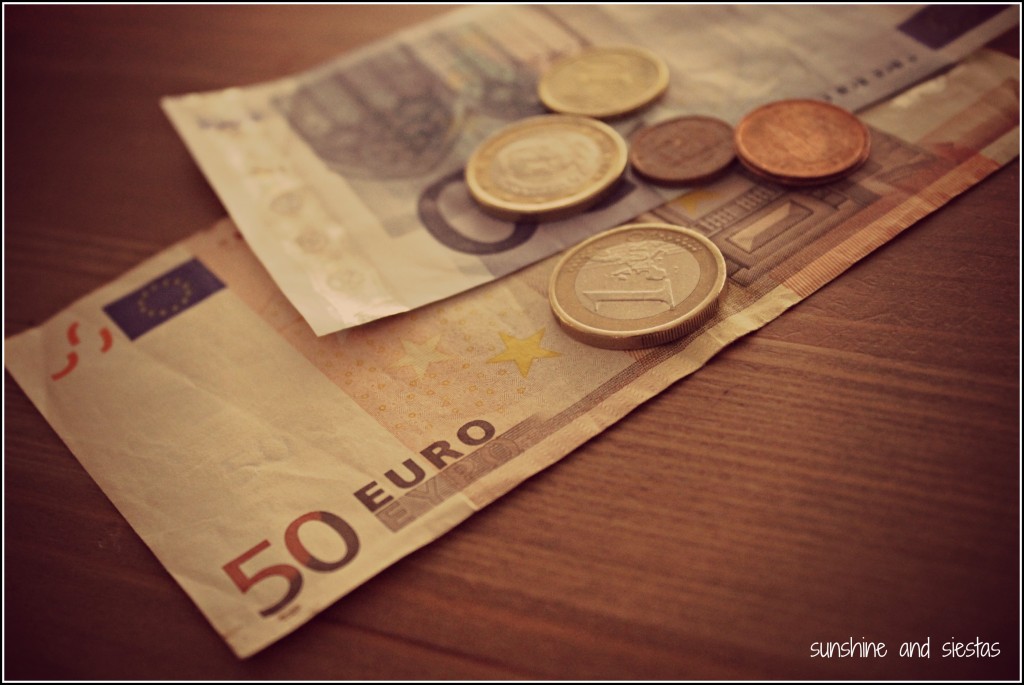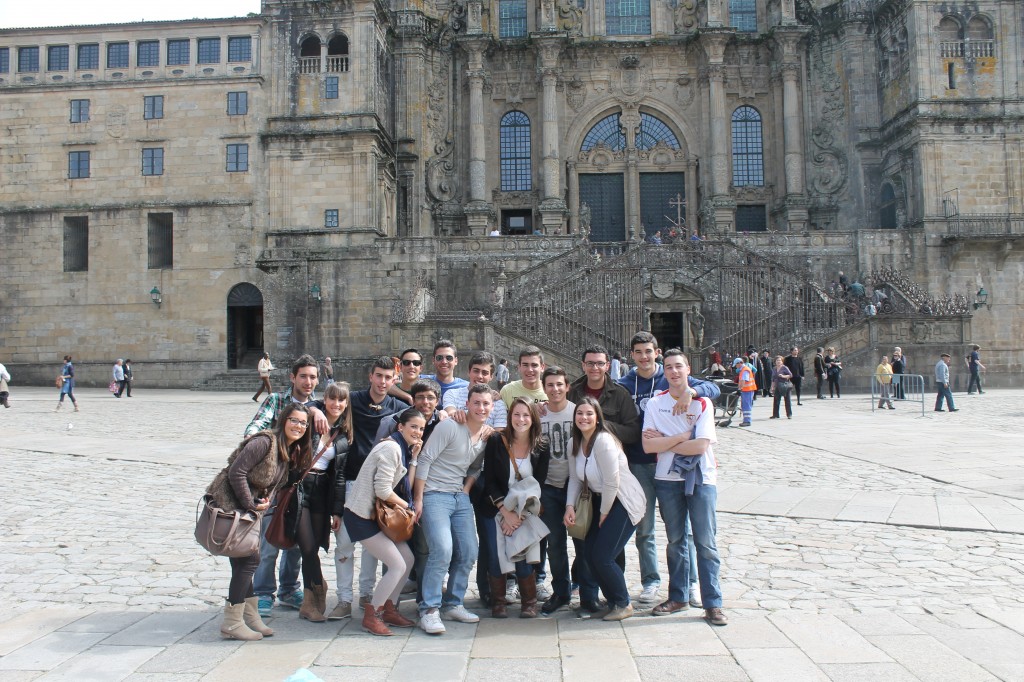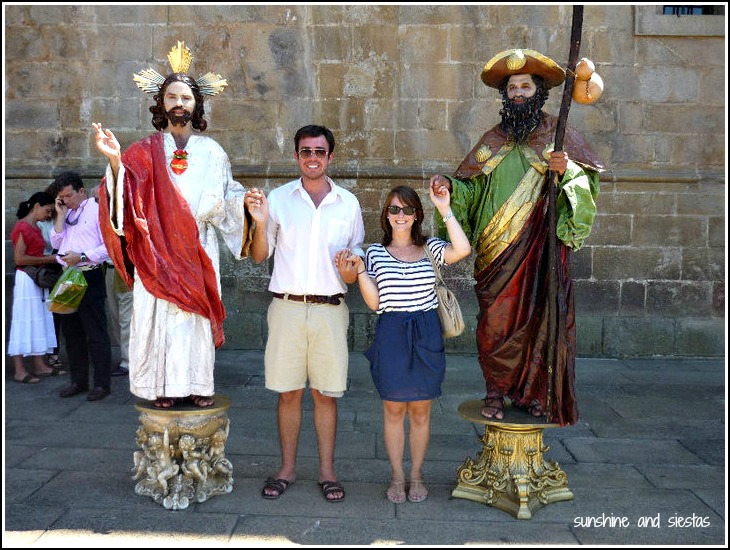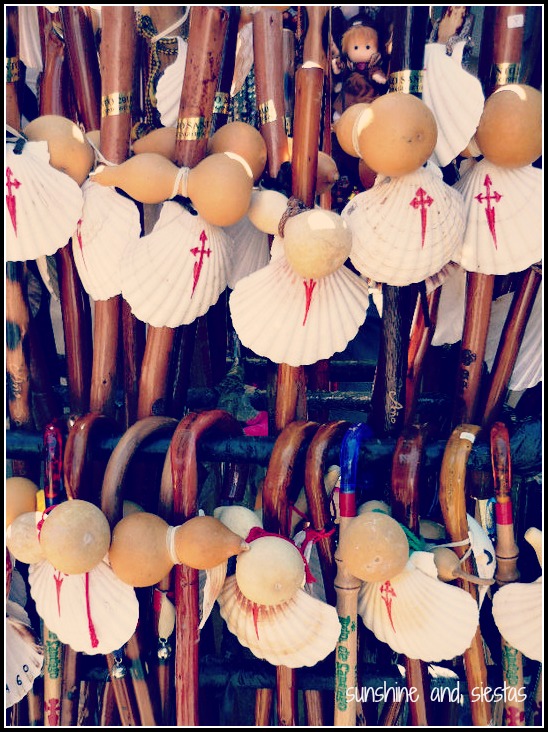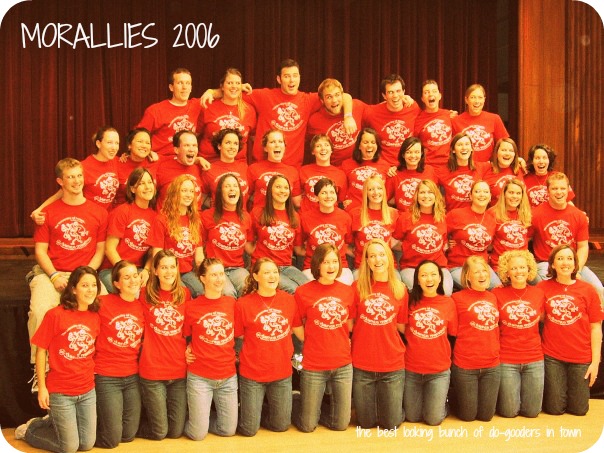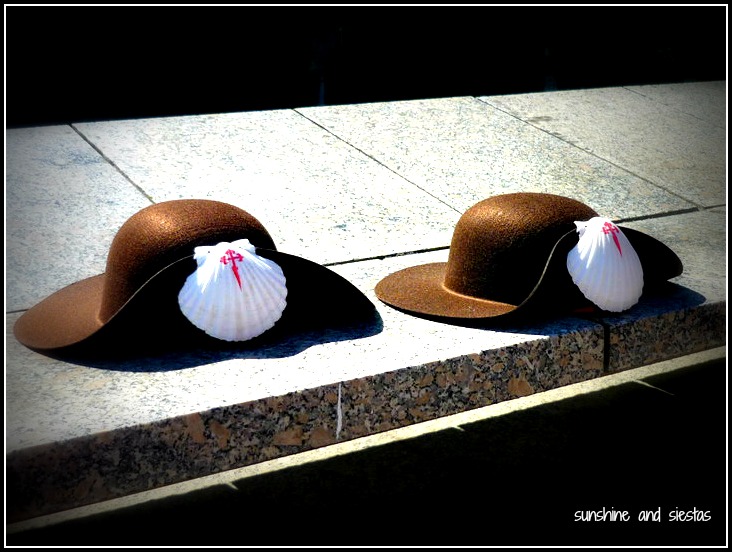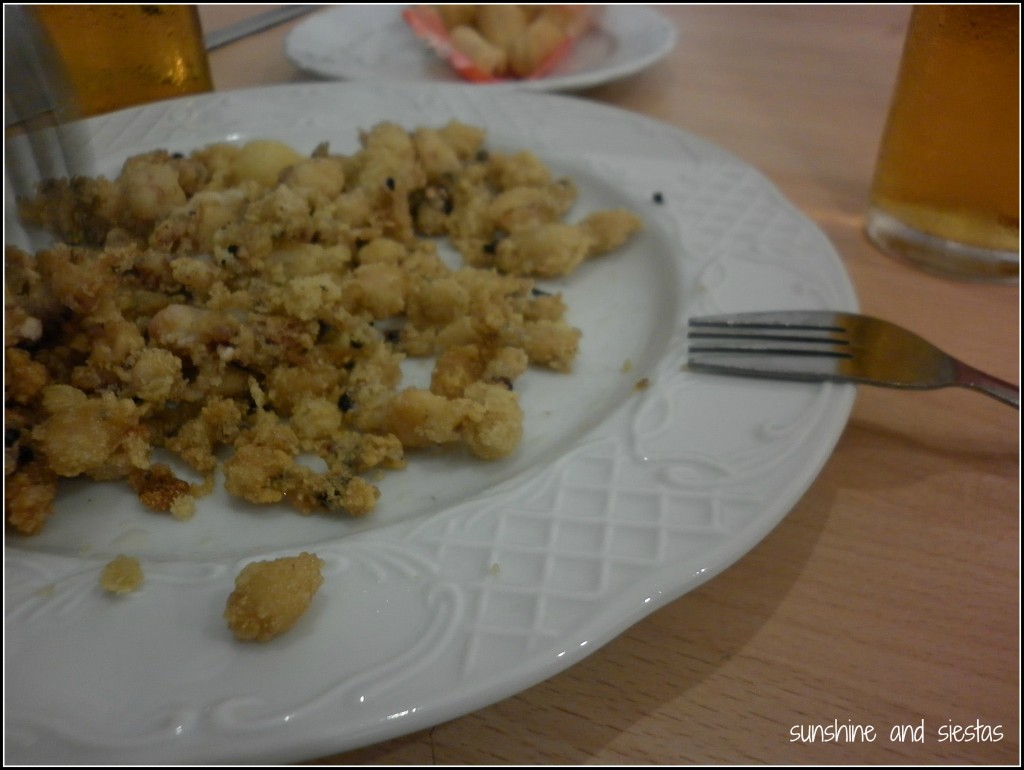One of the first words the Novio ever taught me in Spanish was torpe. Clumsy, klutxy, prone to running into things, falling off of things and hitting my head on things.
To my credit, I have never broken a bone. I think (my current toe situation is cloudy).
When I first came to Spain as part of the Language and Culture Assistant program in 2007, I was promised a student visa, a teaching gig and private health insurance during the eight months of the program. Great for being in Spain, but what about my long weekends to travel when my health insurance was not valid outside of Iberia?
The Spanish Health System is a relatively good program and free to all residents and workers, who pay their social security taxes to receive coverage. Still, there’s been a great deal of backlash with expats who have tried unsuccessfully to use their NHS card in Spanish clinics and hospitals. I myself wish I had considered an annual holiday insurance coverage policy for the times I tried to push myself to the limits unsuccessfully. These days, coverage plans seek to not only offer crazy affordable health services for expats and holiday makers, but also to go as far as insure flight cancellations and free coverage for the kiddies. These plans are extremely helpful for families moving to Spain or taking long holidays to the land of sunshine and siestas.
So let’s get to the good stuff…me beating myself up and spending far too much time in a hospital waiting room while they take the more “emergent cases” and not “esa torpe guiri” cases:
Running into the Sevici Station. Sober. While on my Phone.
Yes, this happened, and I had a black eye to show for it during my entire Semana Santa trip to Croatia and Montenegro. On my way to go out and meet Ryan and Ang, my blogger friends over at Jets Like Taxis, I checked the bus schedule on my phone and ran smack into the stationary Sevici station. I made a run for the arriving bus, and the driver even asked if I was alright when I paid onboard.
I began getting looks from other passengers who gasped as I passed by, looking for a rail to hold onto. Catching a glimpse of myself in the reflective glass, I saw that I had a bump the size of a ping-pong ball on my right cheekbone, just underneath my eye. Then the throbbing began. I exited the bus at the next stop, calling the Novio to pick me up and take me to the hospital. He shook his head disapprovingly, once again proving that I am, quite literally, a walking disaster.
I’ve been to the ER in Spain a few times before, and it’s always a time-consuming nightmare. I’m always standing the wrong line (and often in the longest), or my name gets so mutilated that I don’t understand when I’m being called, or I’m forced to wait for hours, only then to get so turned around in the hospital, I end up in the maternity ward and not the triage. Even on this calm Saturday, I had to have a doctor escort me to the ER, having my wishing I’d considered some sort of private health coverage to cut through the red tape (and have a smaller building to navigate).
I had clobbered myself so well that I had nearly fractured the bone, but still being able to talk and bite were good signs. The doctor, who was actually quite friendly, uttered the words “hematoma” and must have seen my eyes widen. For someone who studied words and not pathologies, my obsession with Grey’s Anatomy has made me a hypochondriac, but the doctor told me I would merely have the bump until the hematoma broke, after which I would have a bruise for five days. Mentira, it lasted nearly two weeks, meaning all of my pictures from the Balkans looked like this:
Attack of the Pollen (and the olive blossoms and the animals and the hay….)
My childhood nickname was “Honker” (my mother’s was “Grace” because she is just as torpe as I am!) because of my terrible hay fever and my tendency to go through more tissue packets than a vendor on any given street corner in Seville sells in one day.
I hoped that coming to Spain meant exposure to different allergens that wouldn’t bother me as much as my mother’s horse did as a kid.
In May, the sunflowers greeted the warm weather and end of the course in Olivares, the town where I taught for three years. With the sunflowers came olive blossoms as well, and it turns out I’m allergic to them, too (self-diagnosed). Teaching with the window open was no longer an option, so I headed to the pharmacy for anti-histamines.
“Take this once a day, at the same hour every day, and maybe invest in a pill slicer and just take half. They’ll knock you out.” Ah, over-the-counter medicine in Spain. The pills, which were nearly the size of a quarter, had me falling asleep in an English class just a few hours later.
They say the years without rain are the worst for allergy sufferers, and last year’s spring had me blotchy, covered in hives and with red, watery eyes.
One morning it was so bad, I woke up at 6am and headed to the ER for some relief. The halls were deserted, but I waited over two hours to get an allergen shot and prescriptions for inhalers, nasal spray, eye drops and allergy pills when a private doctor could have just scribbled them away without taking my vitals while I heaved and death-rattled.
And then there was the Tough Mudder...
My friend Audrey can’t be described in ten words, or even 100. So when she asked me to do the Tough Mudder and described it as an “obstacle race in London,” I thought we’d knock back a few pints and have one last hurrah before she moved back to America in the form of a scavenger hunt.
I was so, so wrong.
For 20 kilometers, I literally defied death while scrambling over 10-foot walls, plunging into icy water and even getting electrocuted. For the entire grueling race, we picked one another up, hoisted one another over obstacles and had our clothes get torn, blood- and mud-stained and racers drop out. One of the guys on our team even needed to have medical attention at the end for muscle strain, and we were concerned that another was hypothermic.
Because I didn’t have valid insurance for the UK, I was happy to skip the extremely dangerous obstacles and to play it safe when it came to my health. Besides, I had the bumps, bruises and swollen joints to show for it for over a week.
The biggest problem I had was the stench from the river water that evening when I flew back to Spain.
Accidents happen, and often while you’re away from home. Even the most meticulously planned trip can go awry, so having a comprehensive health insurance when moving to Spain or any other country – even for the short-term – can mean a great deal of savings, both in hassle and money.
Have you had any medical incidents abroad? Were you insured?
